In this guide, we'll explore the second set of our essential branding tips that can help you elevate your brand and stand out in a crowded marketplace. From defining your brand identity to building a compelling brand story and fostering trust with your audience, each tip offers valuable insights and practical strategies to help you unlock the full potential of your brand.
Whether you're a seasoned marketer or new to the world of branding, this guide will provide you with actionable advice and expert tips to help you master your brand and achieve your business objectives. Let's dive in and discover how you can take your brand to the next level of success.

From defining your brand's identity to crafting a compelling brand story, each tip is designed to empower you to build a brand that resonates with your audience and drives long-term success. Unlock more secrets to mastering your brand from part 1 of this article.
1) Build trust with your audience
Trust is the foundation of long-term relationships, customer loyalty, and positive word-of-mouth so building trust with your audience is crucial for any brand's success. Gaining the trust of your audience is essential for establishing credibility, fostering loyalty, and driving long-term success for your brand. Here are some strategies to build trust with your audience:
Authenticity is key to building trust. Be genuine, transparent, and consistent in your brand messaging, interactions, and actions. Avoid exaggerations, false promises, or misleading information.
Honor your commitments and deliver on your promises consistently. Whether it's delivering products on time, providing quality customer service, or upholding your brand values, reliability builds trust with your audience.
Offer valuable content, products, or services that meet the needs and interests of your audience. Provide solutions to their problems, share useful information, and demonstrate expertise in your industry to establish yourself as a trusted resource.
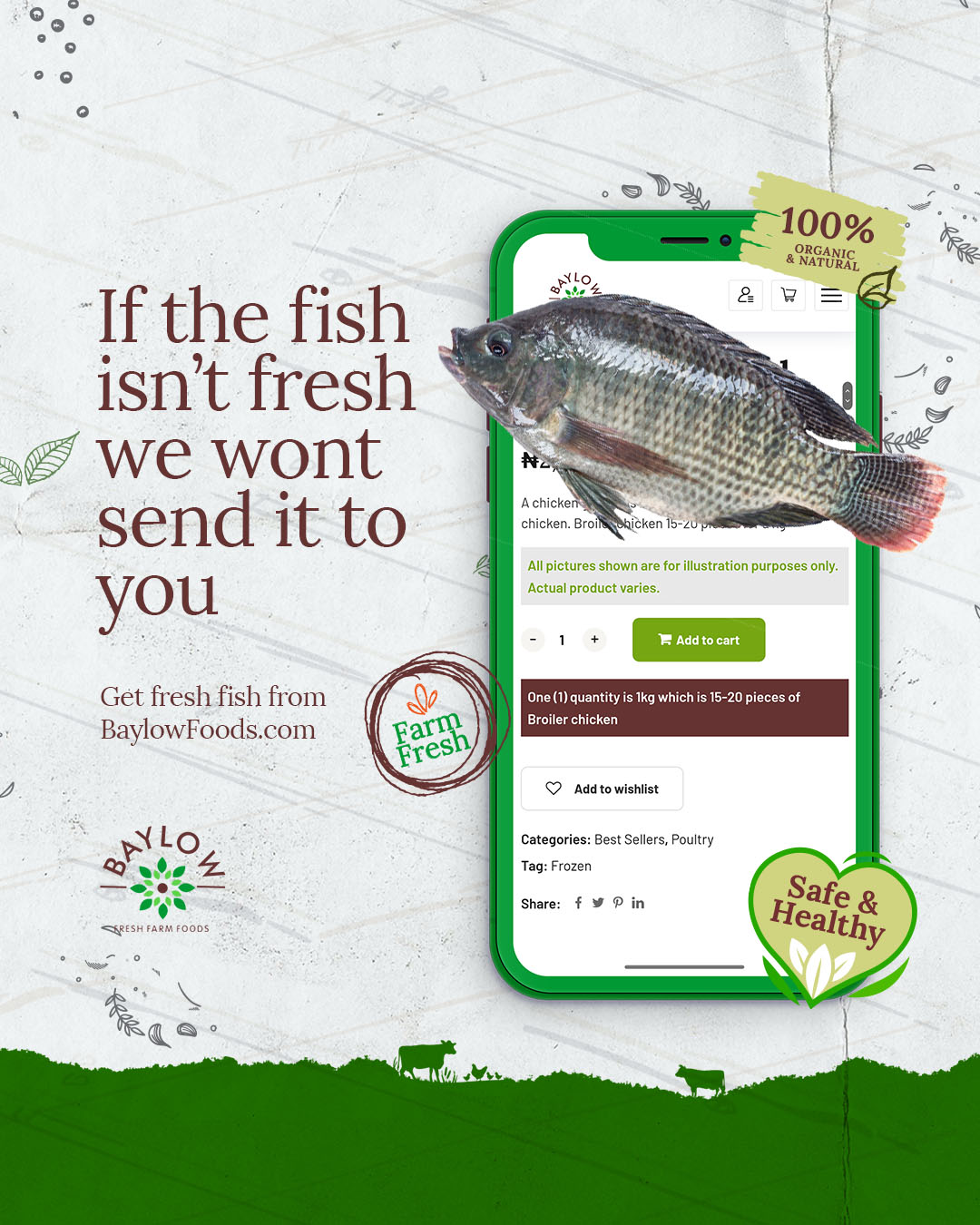



Previous
Next
2) Deliver exceptional customer experiences
Provide consistent, high-quality experiences that reinforce your brand's values. Delivering exceptional customer experiences is fundamental to building a successful brand and fostering long-term customer loyalty. It involves providing value, exceeding expectations, and creating positive interactions at every touchpoint throughout the customer journey. Here's how to deliver exceptional customer experiences:
Offer personalized experiences that make customers feel valued and understood. Use customer data to customize recommendations, messages, and interactions based on individual preferences and behaviors.
Ensure consistency across all customer touchpoints, including online and offline channels, products, services, and interactions with your team. Consistency builds trust and reliability, which are essential for a positive customer experience.
Communicate clearly and transparently with customers at every stage of the customer journey. Keep customers informed about their orders, transactions, and interactions with your brand, and be responsive to their inquiries and feedback.
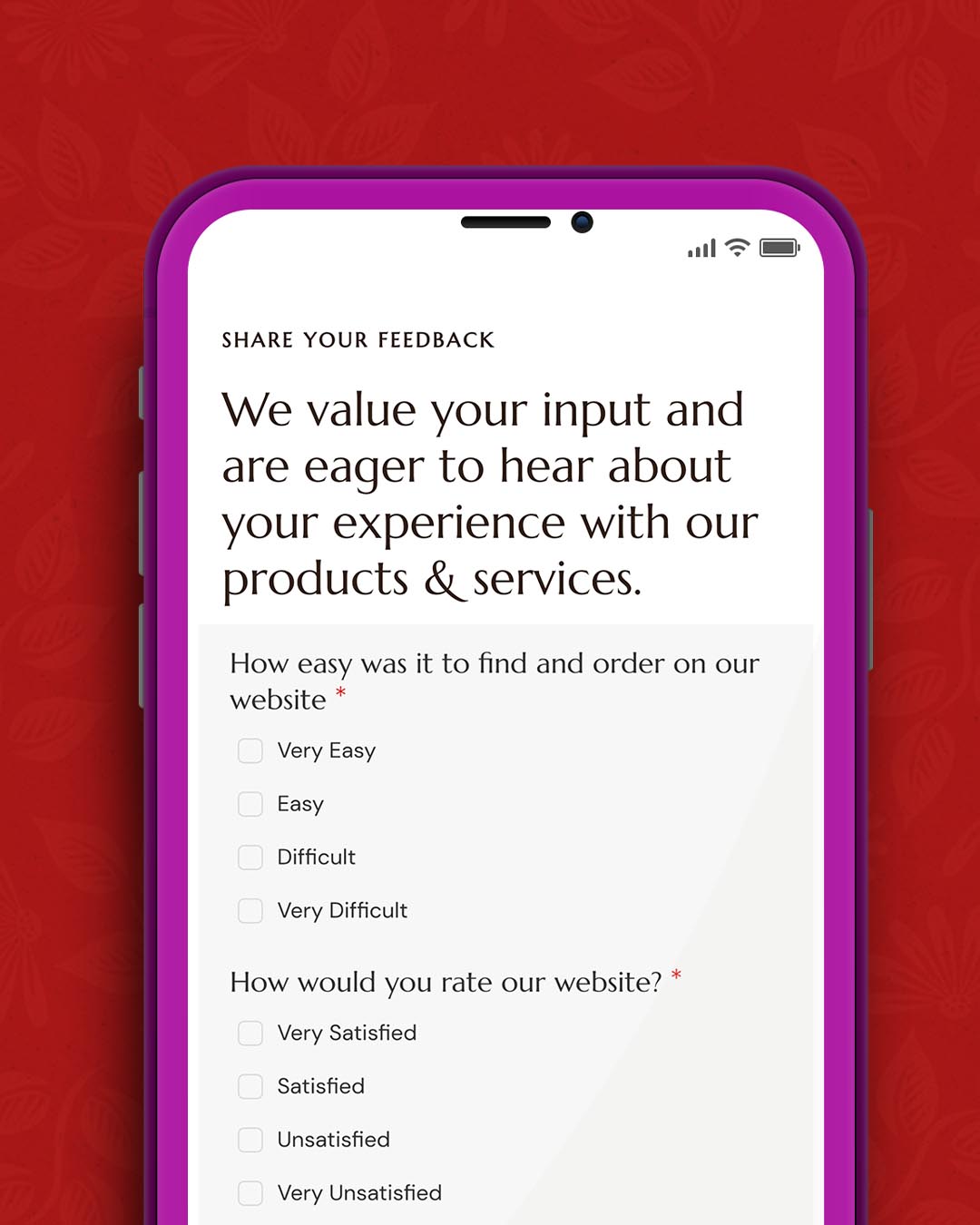
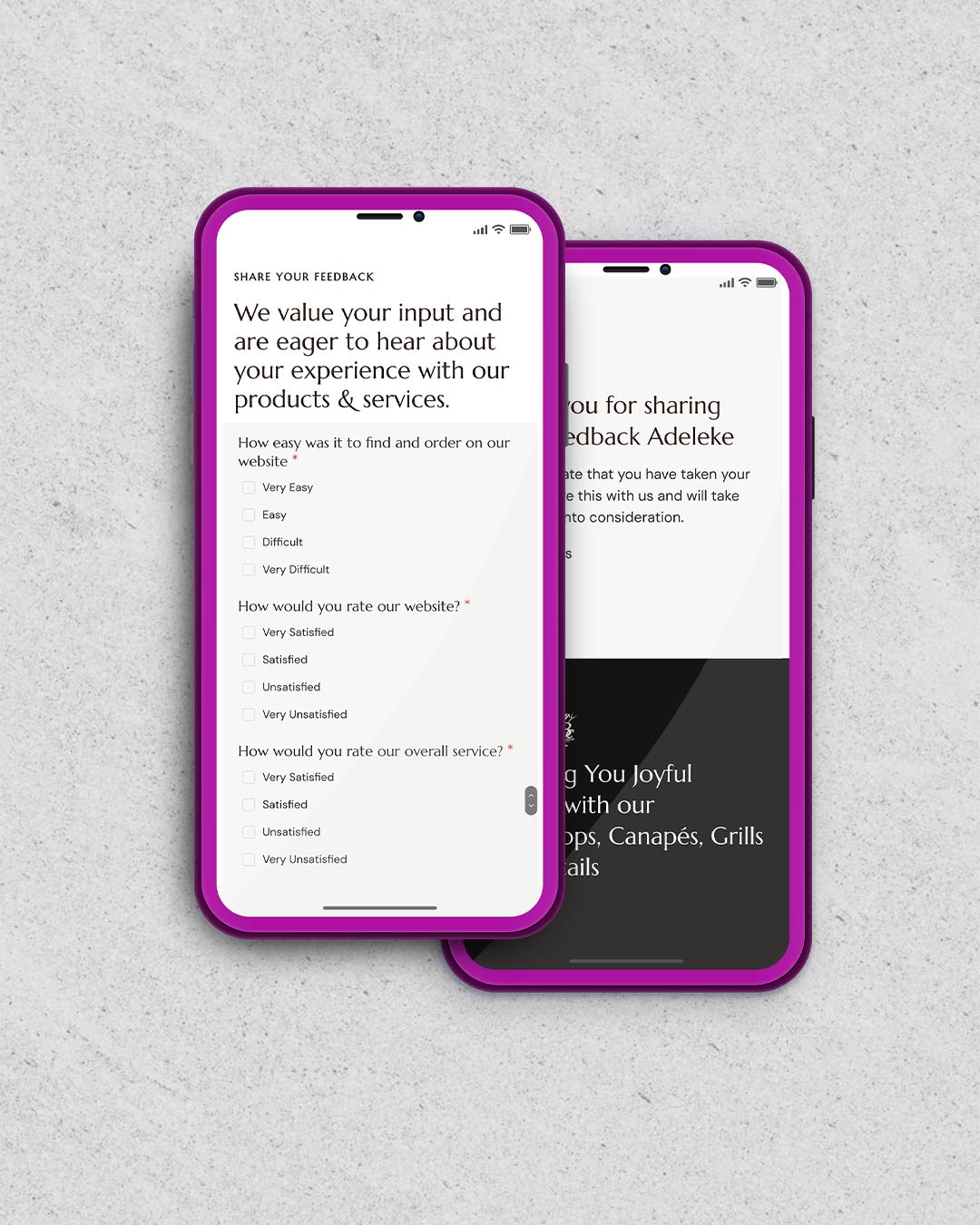
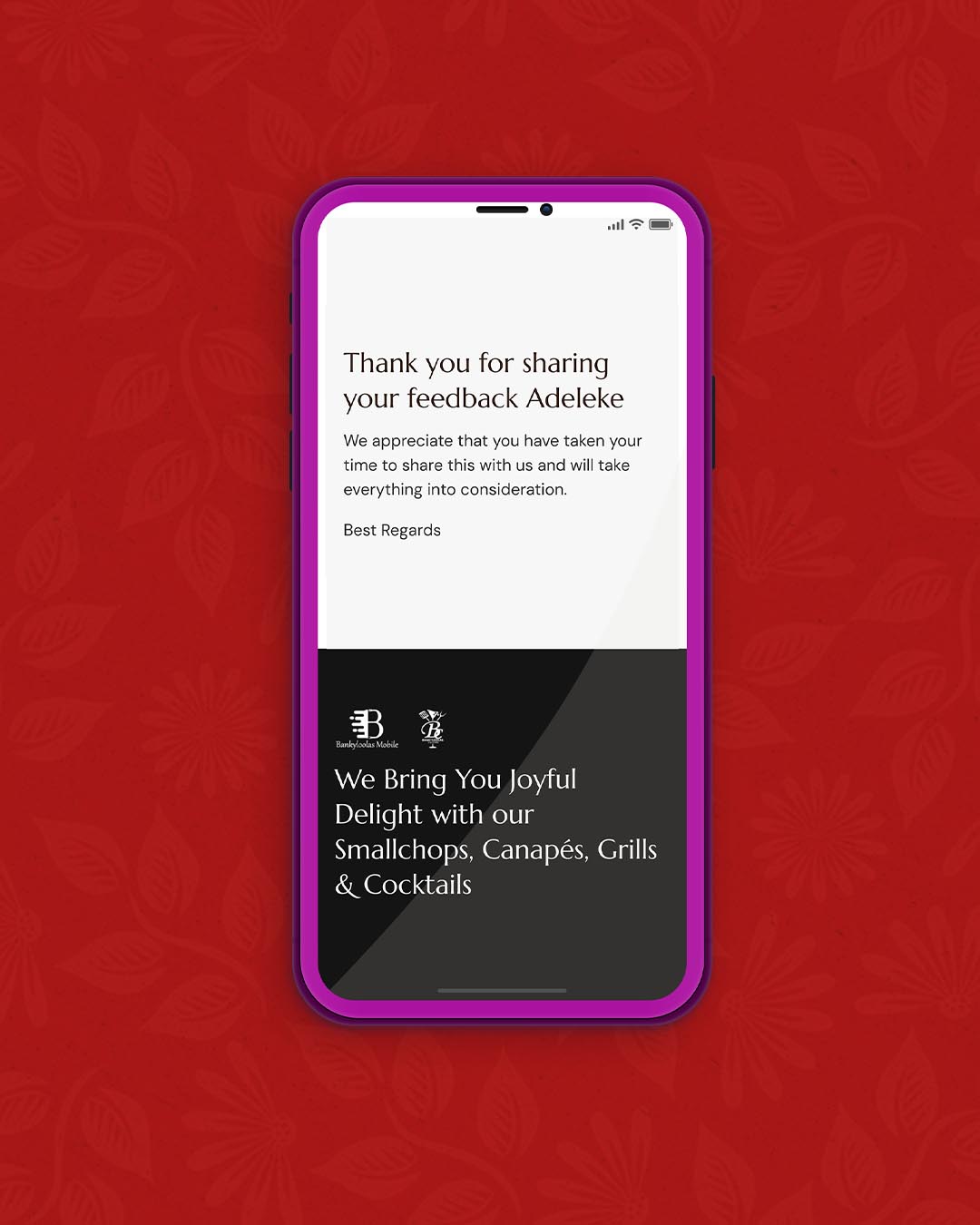
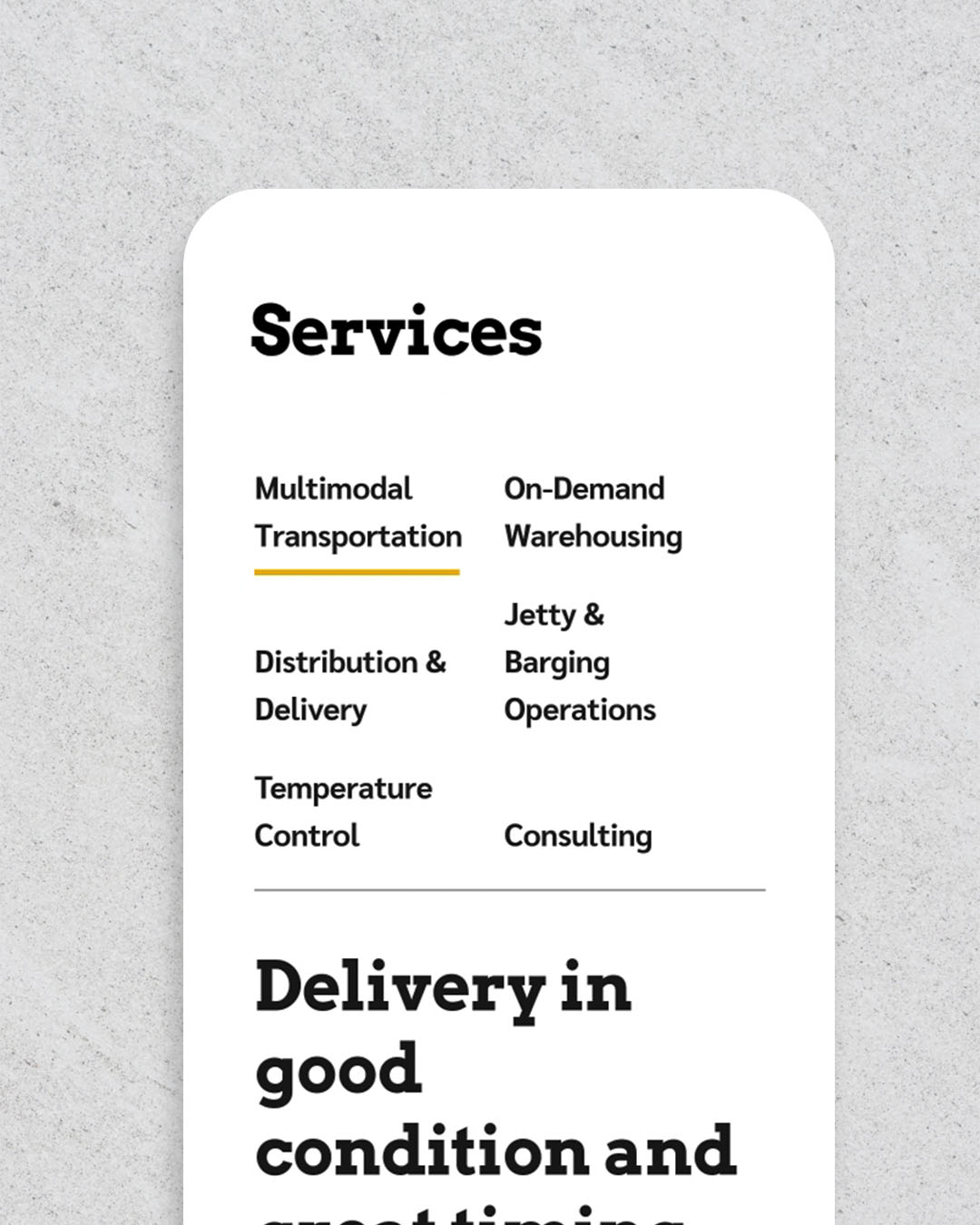
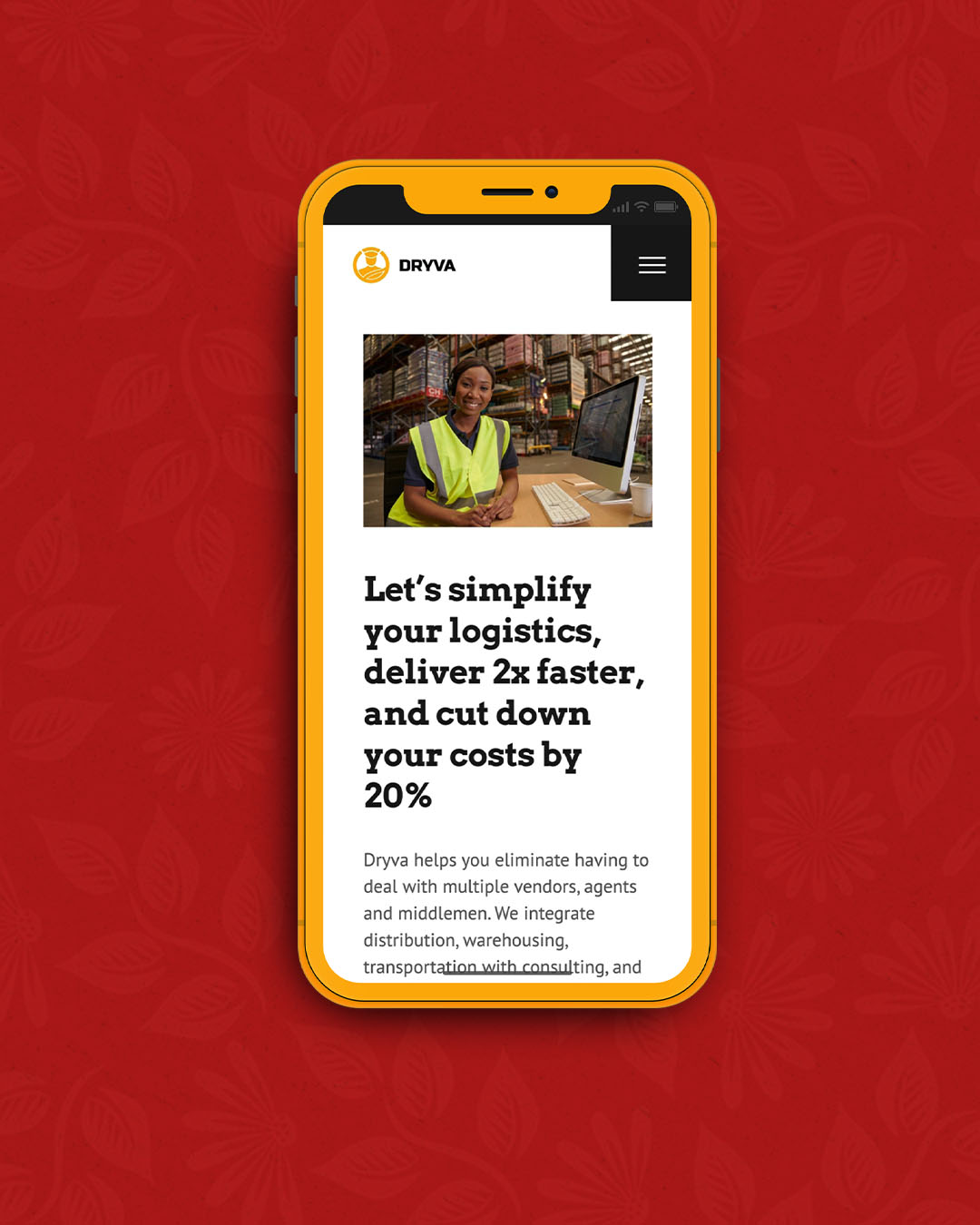
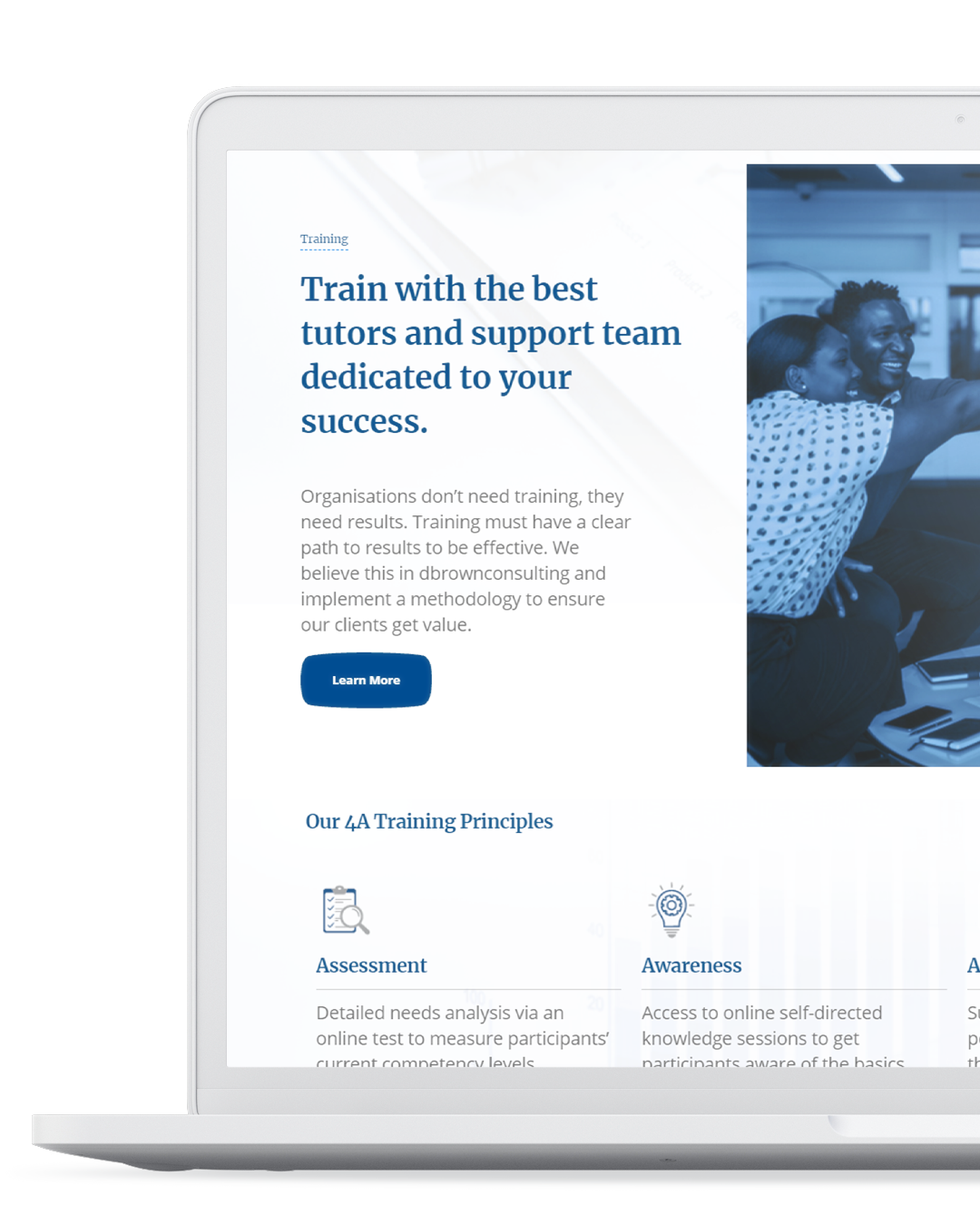
Previous
Next
Staying consistent across all channels in branding means maintaining uniformity in the presentation of your brand's identity, messaging, and values across various platforms and touchpoints where your audience interacts with your brand. Consistency builds trust, enhances brand recognition, and reinforces brand loyalty. Here's how to stay consistent across all channels:
Create comprehensive brand guidelines that outline the visual elements, messaging guidelines, tone of voice, and brand values. These guidelines serve as a reference for ensuring consistency across all channels.
Keep all brand assets, including logos, graphics, images, and brand messaging, in a centralized location accessible to all team members. This ensures that everyone has access to the latest brand assets and uses them consistently.
Utilize templates and design systems to maintain consistency in design elements such as logos, fonts, colors, and layouts across different marketing materials and platforms.


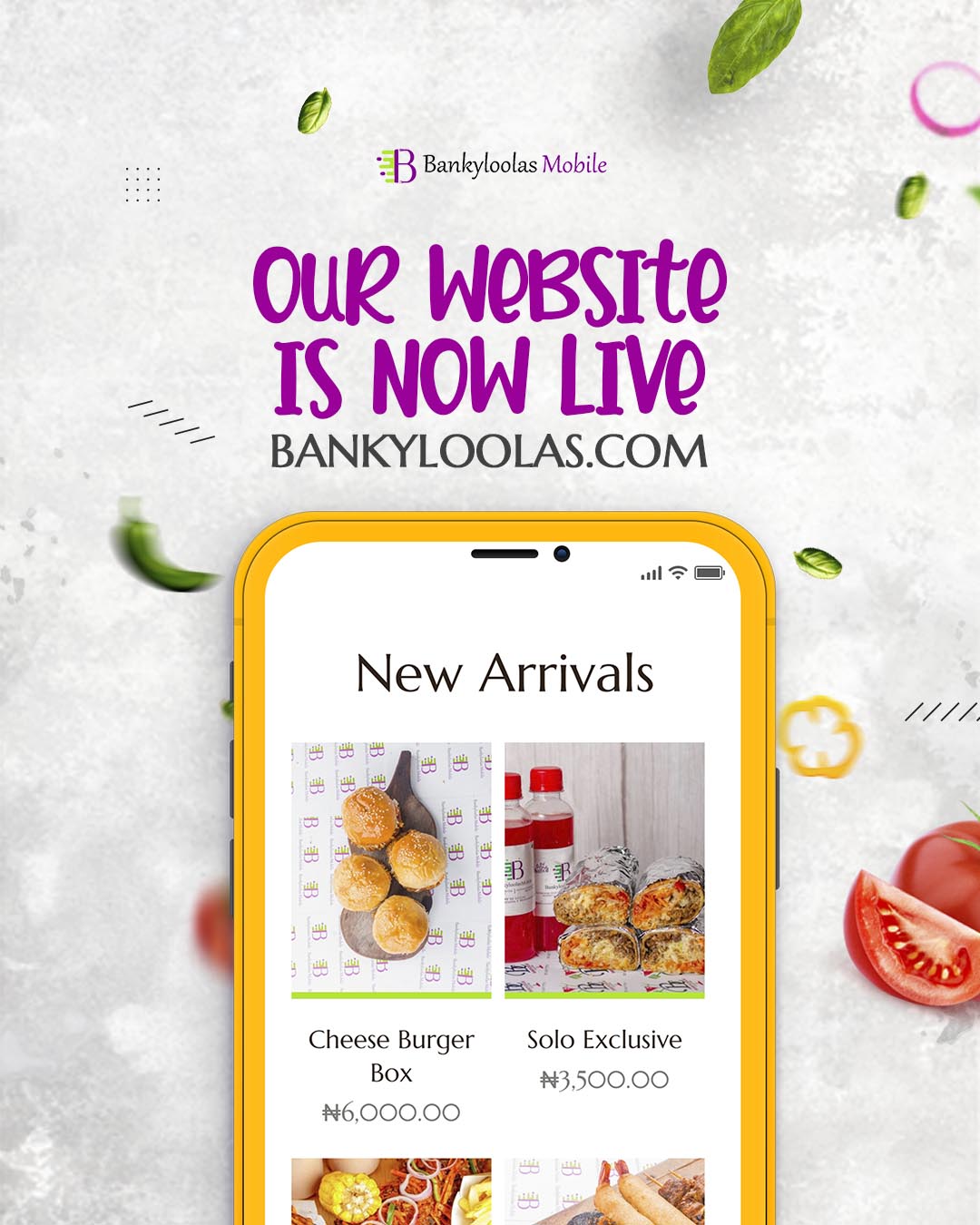

Previous
Next
4) Monitor and manage your brand's reputation
Monitoring and managing your brand's reputation involves actively tracking and responding to what people are saying about your brand, products, or services online and offline. It's essential to protect and enhance your brand's image, credibility, and trustworthiness. Here's how to effectively monitor and manage your brand's reputation:
Create comprehensive brand guidelines that outline the visual elements, messaging guidelines, tone of voice, and brand values. These guidelines serve as a reference for ensuring consistency across all channels.
Keep all brand assets, including logos, graphics, images, and brand messaging, in a centralized location accessible to all team members. This ensures that everyone has access to the latest brand assets and uses them consistently.
Utilize templates and design systems to maintain consistency in design elements such as logos, fonts, colors, and layouts across different marketing materials and platforms.






Previous
Next
5) Adapt and evolve
Monitoring and managing your brand's reputation involves actively tracking and responding to what people are saying about your brand, products, or services online and offline. It's essential to protect and enhance your brand's image, credibility, and trustworthiness. Here's how to effectively monitor and manage your brand's reputation:
Stay informed about industry trends, market dynamics, and emerging consumer behaviors. Monitor social media trends, conduct market research, and gather data to identify opportunities and threats that may impact your brand.
Pay attention to feedback from your audience, including customers, prospects, and stakeholders. Listen to their needs, preferences, and concerns, and use this feedback to inform your branding decisions and initiatives.
Adapt your brand messaging to resonate with current events, cultural shifts, and societal changes. Be mindful of language, tone, and imagery to ensure that your messaging is relevant, inclusive, and sensitive to the diverse perspectives of your audience.

By implementing these branding tips, you'll be well on your way to building a strong and memorable brand that captures the hearts and minds of your audience. So, let's roll up our sleeves and embark on this exciting journey of brand mastery together!






